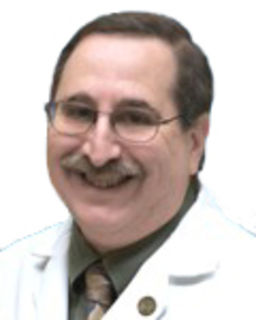Release time: 2020-06-03 18:57
A Potentially Powerful Treatment for Refractory Depression
Intensive Transcranial Magnetic Stimulation for treatment-resistant depression.
Repetitive transcranial magnetic stimulation (rTMS) has been approved by the U.S. Food and Drug Administration (FDA) for the treatment of treatment-resistant depression since 2008. This therapy uses magnetic fields to influence the electrical activity of specific brain regions. Conventional TMS sessions are about 40 minutes in length and apply up to 3,000 magnetic pulses per session; a full course of treatment typically consists of five daily treatments a week for four to six weeks.
Recently, the FDA approved a modification of TMS, known as intermittent theta-burst stimulation (iTBS), which uses briefer intense bursts of magnetic pulses administered for three minutes instead of the 40 minutes used in traditional TMS. About a third to half of individuals with treatment-resistant depression experience significant improvement with TMS or iTBS; fewer have full remission of symptoms.
Eleanor Cole and colleagues recently published an article in the American Journal of Psychiatry describing the results of a study that used an intensive form of iTBS for severe, treatment-resistant depression. The results: 19 of 22 participants not only responded to their protocol but also met criteria for remission based on scores on standardized depression scales, with remission defined as having very few residual symptoms after treatment. This study was small and did not include a control group. However, patients with severe treatment-resistant depression typically do not have a placebo response anywhere near this level.
The Cole group call their treatment the Stanford Accelerated Intelligent Neuromodulation Therapy (SAINT). Their protocol is aggressive and implements three major changes from standard iTBS protocols. First, they use much higher “magnetic doses” than traditional TMS and iTBS (18,000 pulses per day). Second, they administer 10 treatments a day (3 minutes long with a 50-minute interval between treatments) for five consecutive days. Third, they use functional neuroimaging to target what is believed to be the most effective location of the dorsolateral prefrontal cortex (DLPFC) to stimulate.
Why do they do this? Earlier research has suggested that a maximum therapeutic effect occurs when treatments target a very specific region in the DLPFC that interacts with another brain region called the subgenual anterior cingulate cortex. Using real-time brain imaging techniques, the Cole group was able to determine the preferred brain location to stimulate for each individual.
The investigators found that this treatment was effective not only for patients who had never received TMS but also for those who had failed a previous course of standard TMS, although response took a bit longer in the latter group. In addition, 60 percent of patients were still in remission a month after treatment. Those who did relapse responded fully to a second course of treatment and remained in remission during the five week follow-up period.
The SAINT treatments were tolerated well without serious adverse events. Results from neuropsychological tests indicated that there were no negative cognitive side effects. In fact, certain cognitive measures improved.
This study was small and lacked a sham control group. Thus, the results must be considered preliminary. A larger study that includes such a control group is absolutely needed. If these results are reproducible in larger, well-controlled studies, this work is another example of advances in neurosciences leading to beneficial treatments for those with severe, incapacitating treatment-resistant depression.
This column was written by Eugene Rubin MD, PhD and Charles Zorumski MD.

Eugene Rubin, M.D., Ph.D., is Professor and Vice-Chair for Education in the Department of Psychiatry at Washington University in St. Louis - School of Medicine.
psychology today